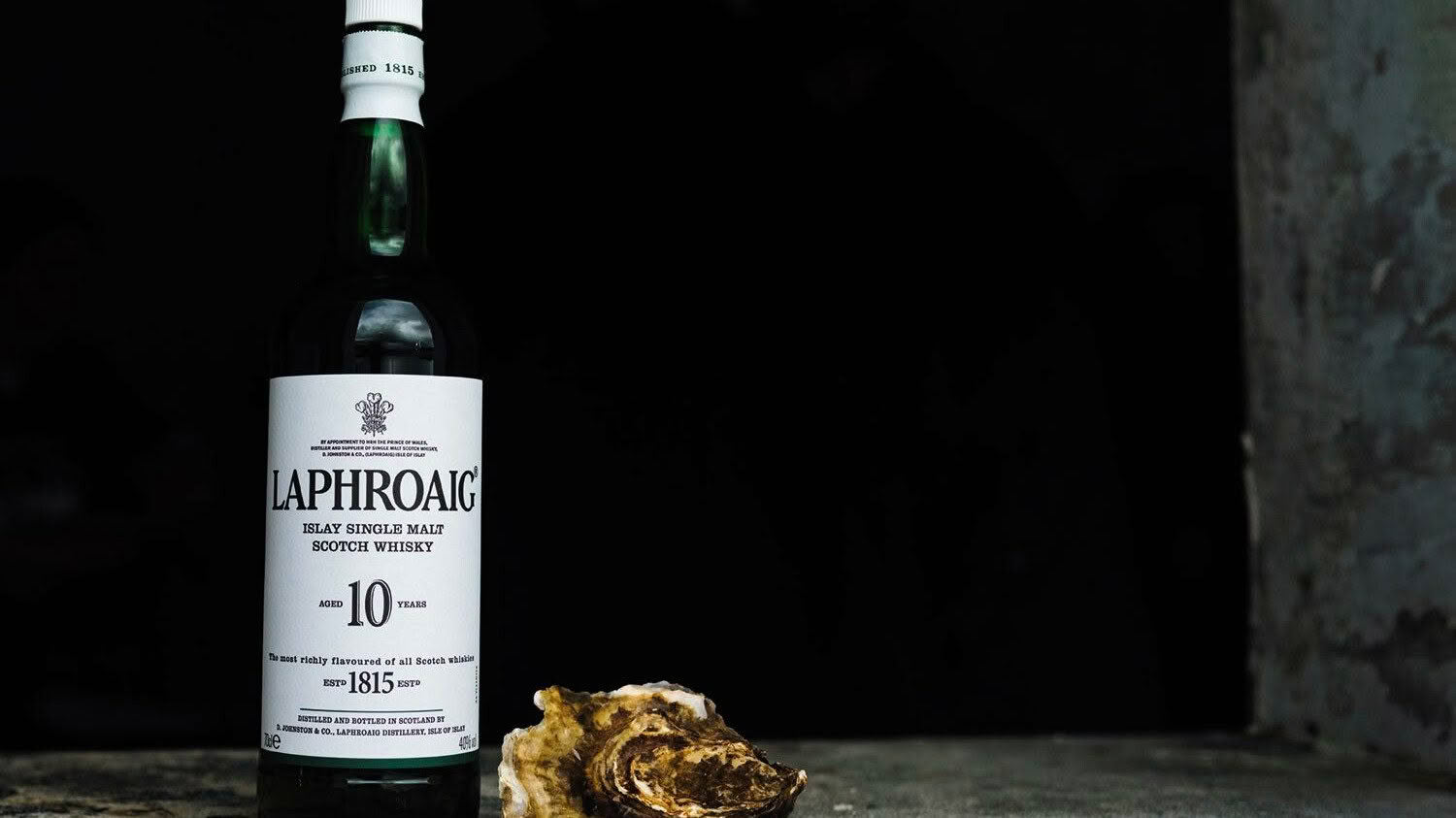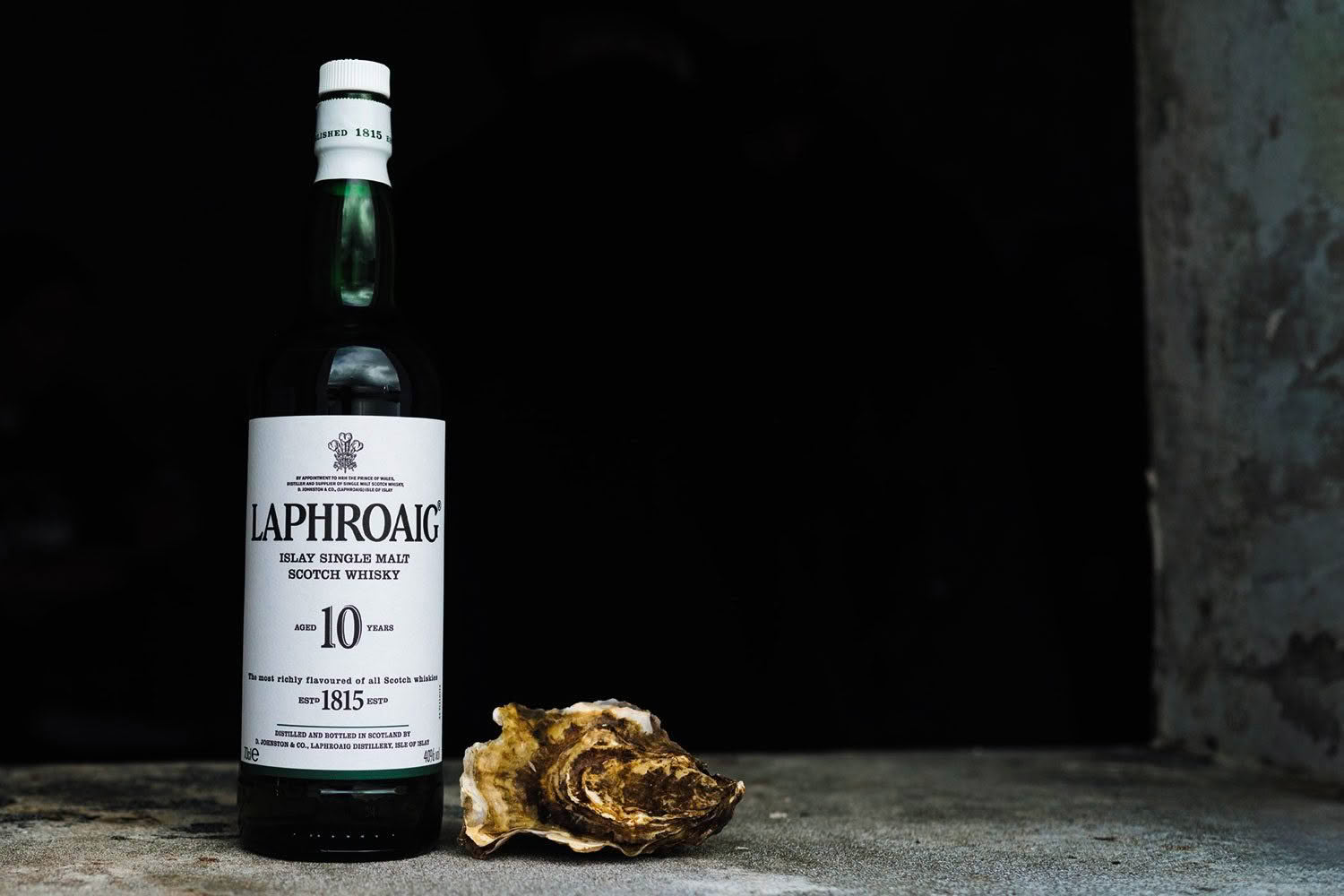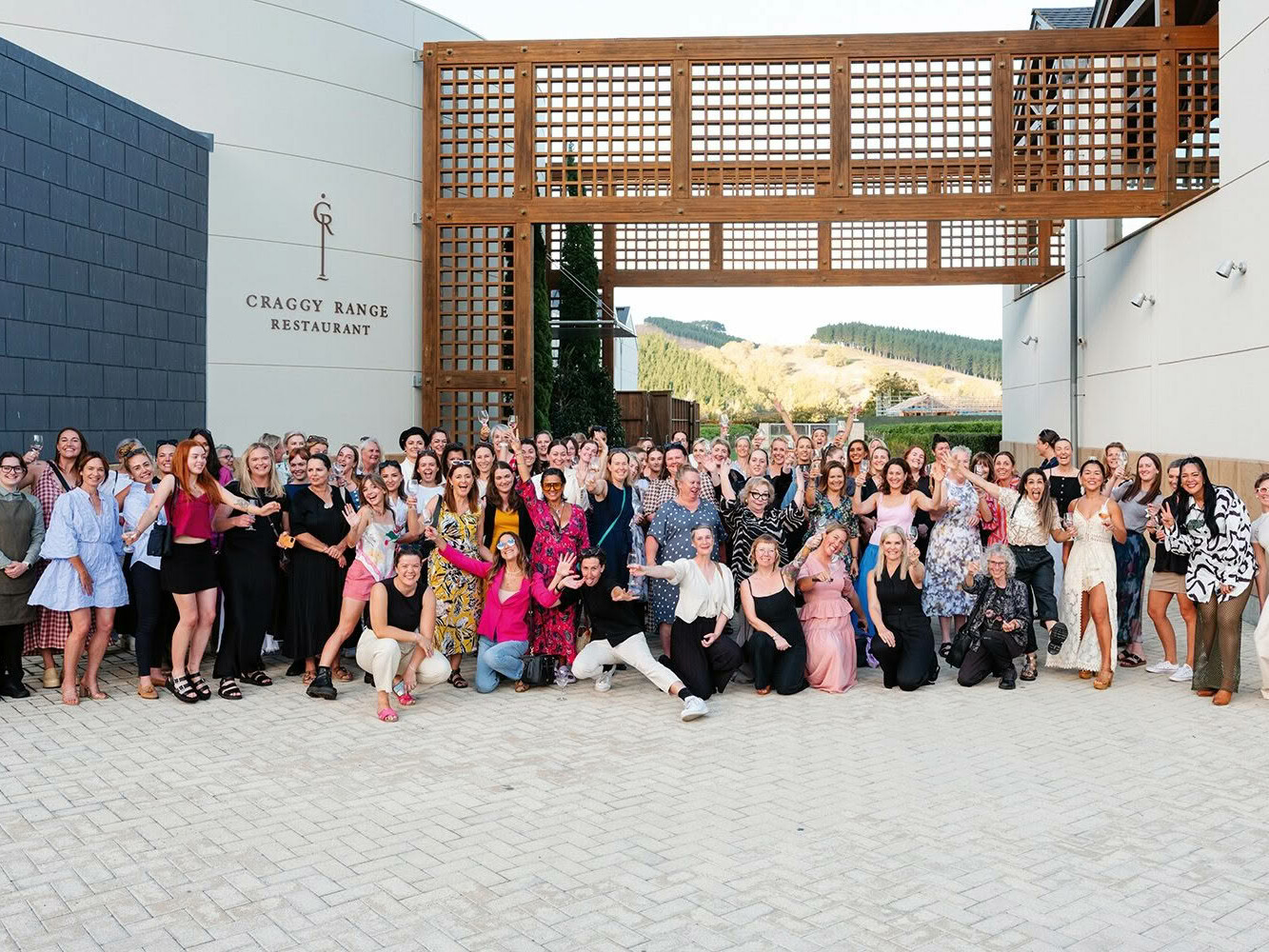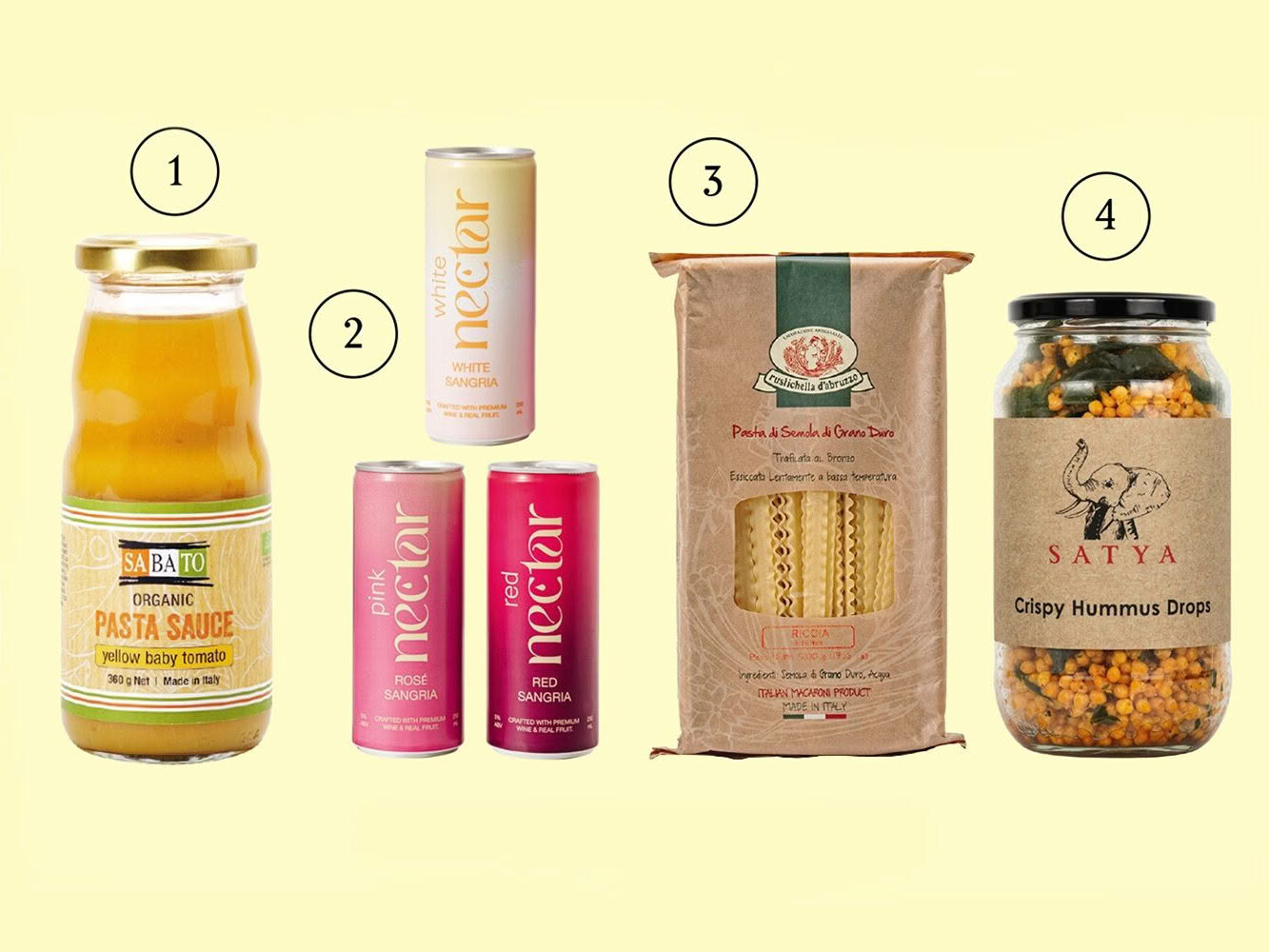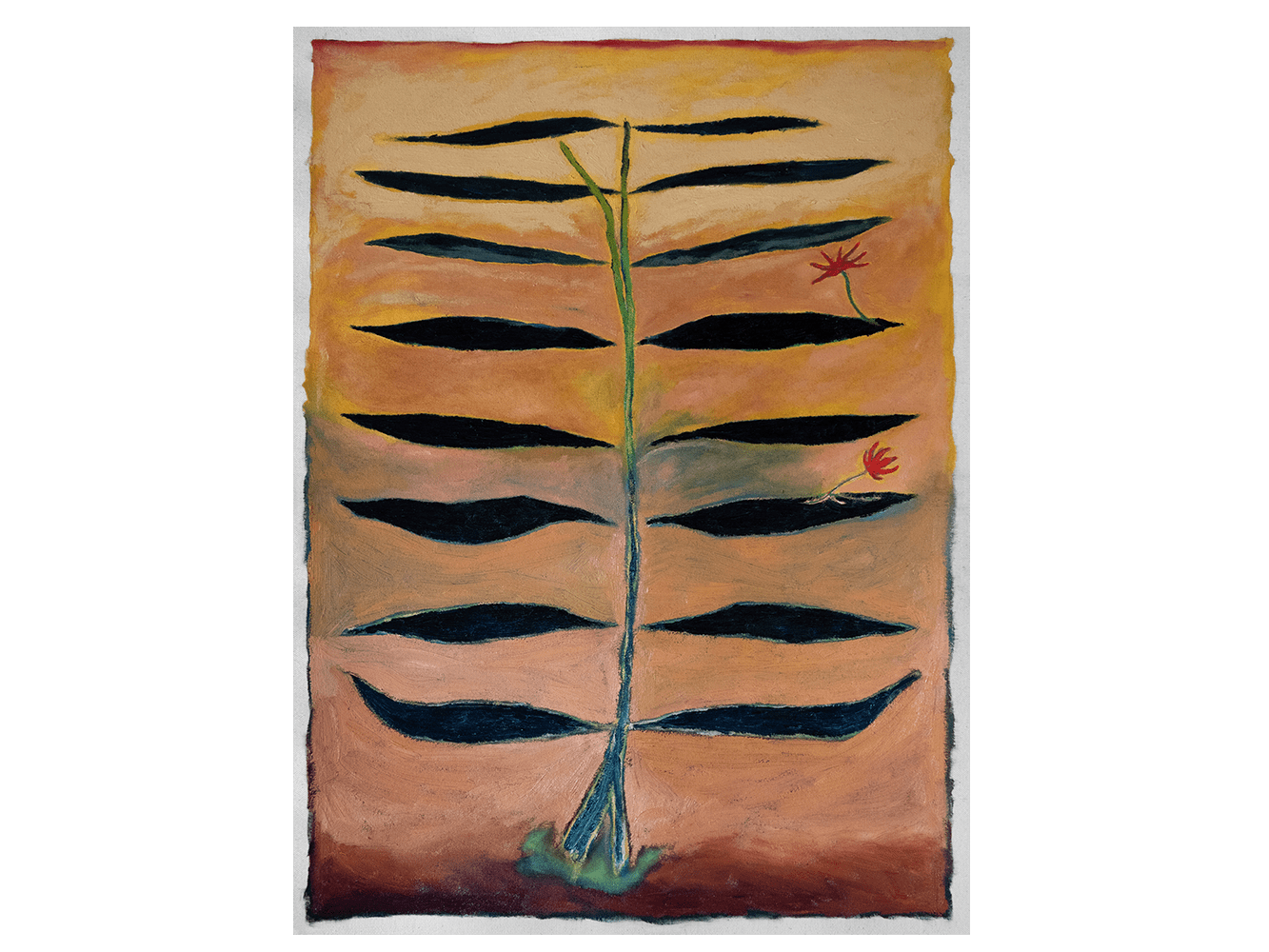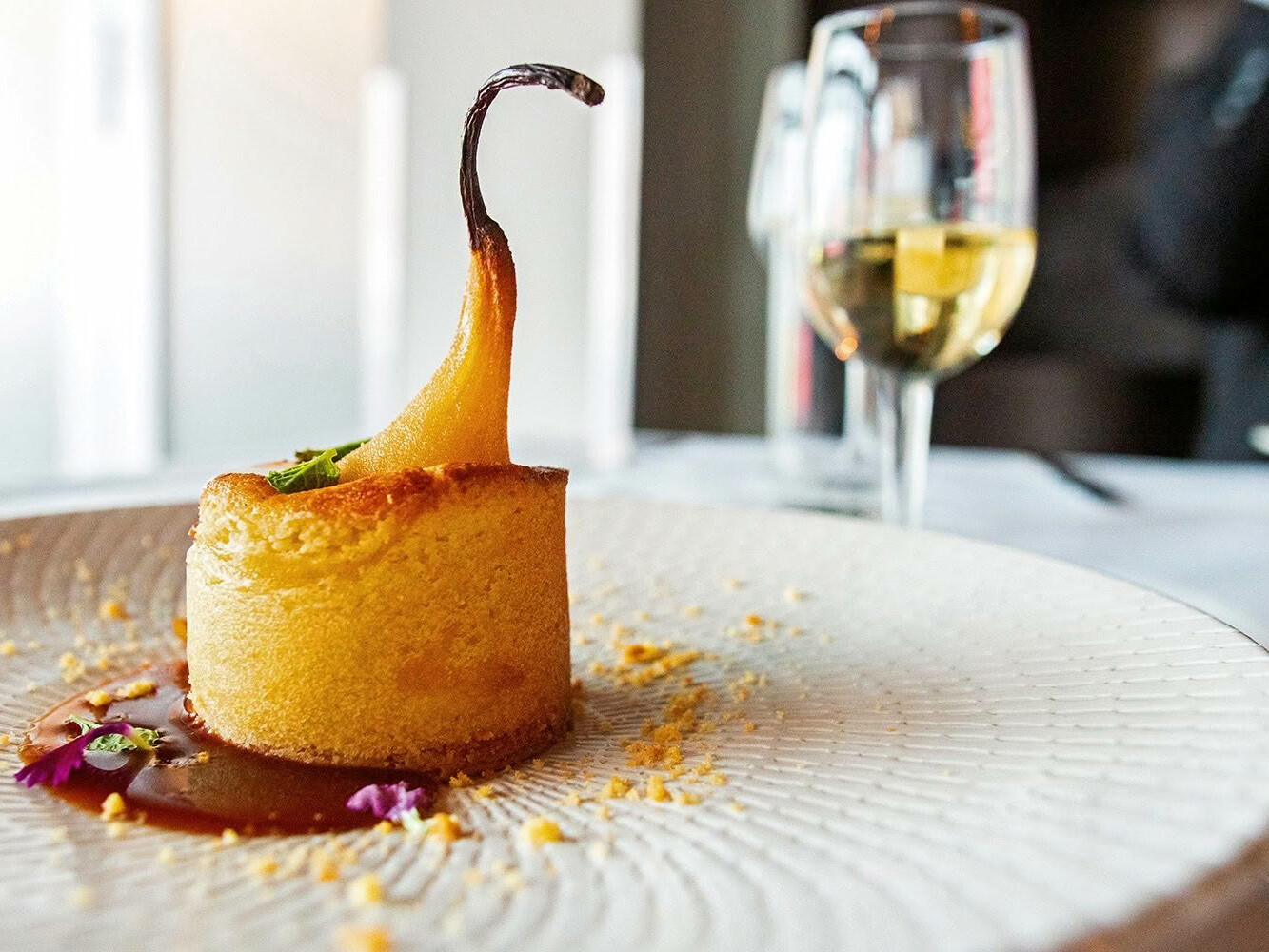There’s something elemental about the partnership between one of Scotland’s finest single malts and a Hāngi Master on the opposite side of the world.
Patience has always played its part in crafting multi-layered flavour profiles, a quality as relevant to whisky distilling as it is to hāngi making. But there are many other similarities, too. So, when the makers of Laphroaig – a Scottish single malt born of maritime climes on the hauntingly beautiful Isle of Islay – were looking for an antipodean partnership that mirrored their values, they recognised the ‘character without compromise’ spirit in Rewi Spraggon. “He shares our passion for tradition and flavour,” says Laphroaig Senior Brand Manager James Walker. “We identified parallels between our process and the traditions of hāngi cooking.”
Rewi, who is from Pipiwai near Whangārei, boasts a wide whakapapa and says the only way to cook hāngi is in the ground. He follows ancestral traditions to a tee, using basalt rocks – some handed down from his grandfather which were gathered from the river near his childhood home – heated in a firepit fuelled by mānuka branches. “The word ‘hāngi’ derives from ‘hā’ meaning the essence of life and ‘ngi’ which refers to the internal spark of Papa or Earth Mother. There is no way you can mimic it,” Rewi says.
Such authenticity lies at the heart of Laphroaig, too. Using techniques handed down through generations, the process is as elemental as the forces of nature. For more than 200 years, the rich, peaty bogs of Islay, mineral-rich water from the Kilbride Stream and the salt-dashed air whipping off the Atlantic have informed the distinctive notes in every dram. “Perhaps the biggest impact on the flavour is our peat,” says Teddy Joseph, Global Brand Ambassador for Laphroaig. The company uses peat kilns to impart the signature smoky flavour to the barley that they use in the whisky mash. “We burn our peat using a ‘cold smoking’ process which is responsible for the tarry note typical of Laphroaig.”
Earth, smoke and flame: common ground between a whisky produced on a Hebridean island at the northern edge of the world and a Kiwi feast that Rewi calls, ‘the oldest dish in Aotearoa’. What better way to illustrate the synergies than with an event? At Tales of Peat, Salt & Fire, these similarities were deliciously celebrated. Guests were welcomed with a Laphroaig Paloma cocktail to get the party started and Rewi combined traditional hāngi technique with innovative ingredients in dishes that included Clevedon oysters sprinkled with chilli, lime and Laphroaig; crayfish served with a sweet, orange-whisky syrup; and a burnt- sugar steamed pudding where a splash of Laphroaig infused the batter with smokiness.
While Rewi – who has collaborated with chefs such as Peter Gordon and Ben Bayly on ways to translate the hāngi experience into fine dining – likes to experiment with his favourite whisky, he can’t go past the simplicity of just enjoying it as is. “I first tried Laphroaig in London and its peaty-ness and smokiness really resonated with me,” he recalls. But it’s away from the big-city lights that he feels the underlying notes get their chance to sing. Neat with a little splash of water, chilling after a meal, sipped slowly in front of an open fire – it’s one of life’s purest joys.
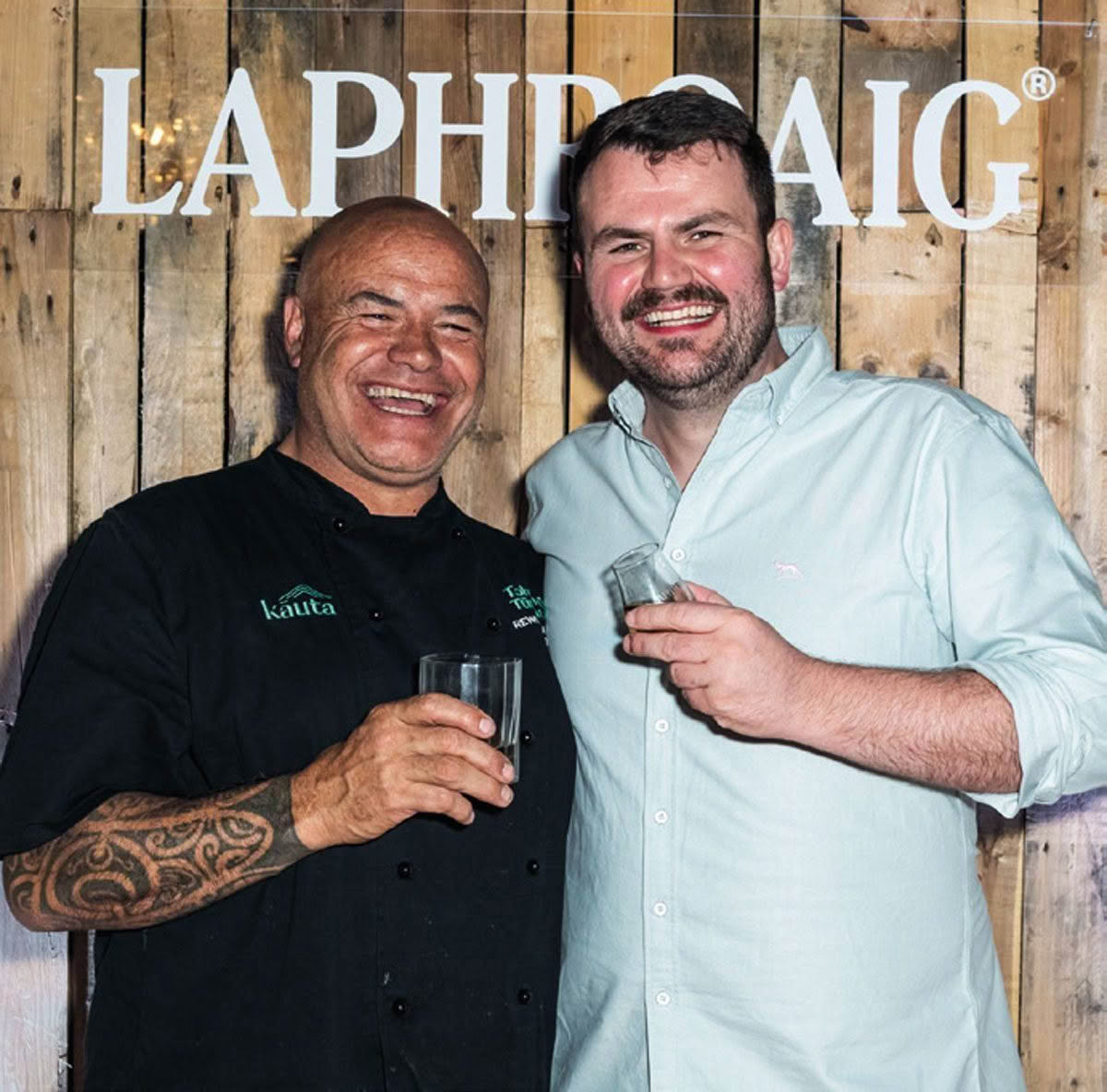
PEATY PALOMA COCKTAIL
A traditional Paloma cocktail uses tequila, lime, salt, and grapefruit soda, but this one has a twist. The bold and bright flavours found in Laphroaig give it salt and smoke with a surprising sweetness.
METHOD
Rub the rim of a rocks glass with lime, then rim with salt. Shake 50ml Laphroaig 10 Year Old, 50ml pink grapefruit juice, 15ml lime juice, 10ml simple sugar syrup and cubed ice together in a cocktail shaker. Strain into a glass over block ice and add good-quality cubed ice. Lengthen with 50ml soda water. Stir and garnish with a slice of lime and jalapeño for a touch of fire and a pop of green.
SEE MORE FROM CUISINE
Design File / Jessica Crowe / stylist, painter / Whangamatā
Though you may not know Jessica Crowe’s name, if you are a regular…

